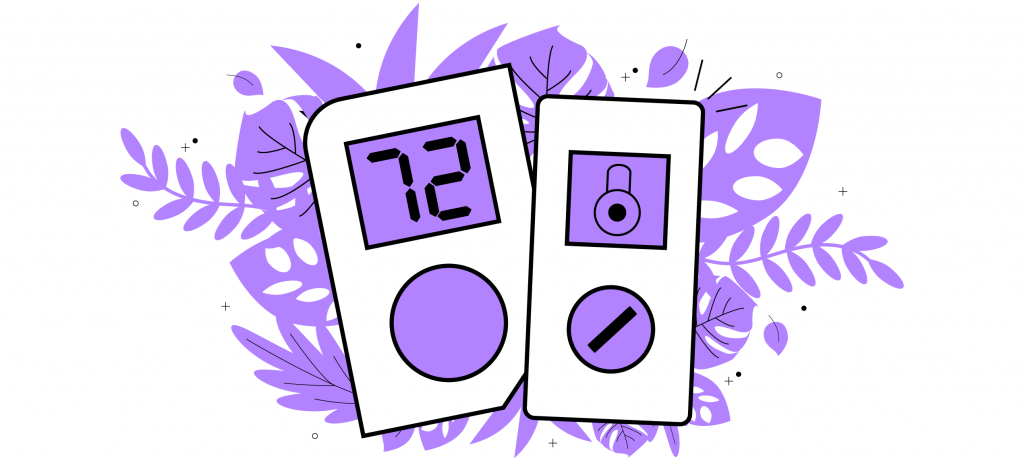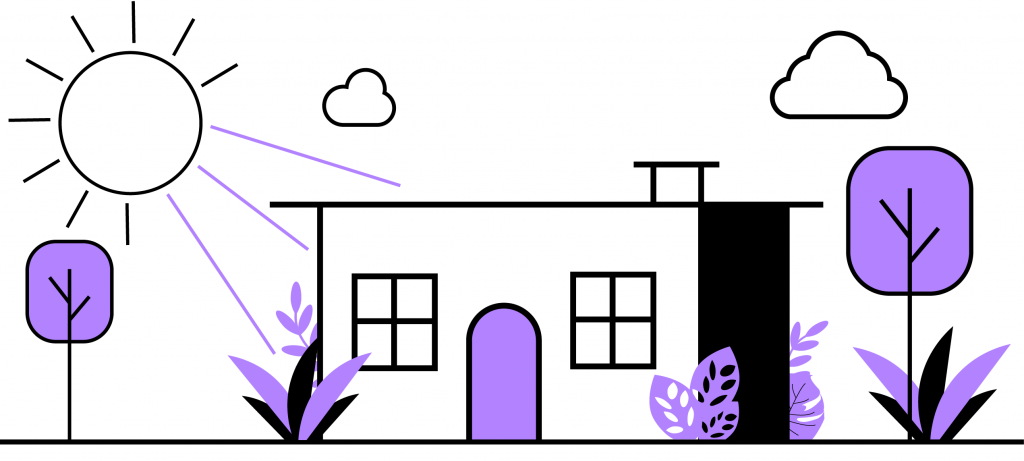How to Address Sustainability in Property Management Technology
Addressing sustainability in technology is a whole beast on its own. The innovation that has happened in every single industry around the world has required the constant production of new hardware and software. While this largely will not slow down anytime soon, it’s important to take note of how companies can address sustainability with the production of new property management technology.

1. Create Technology that Cuts Out the Amount of Hardware Needed to Operate
The onset of new technology generally means creating a solution that works better than the last solution. This can evolve from manual processes to automated processes or in this case a process that requires multiple pieces of hardware to a process that requires much less amount of hardware. Creating new, sustainable solutions that require less hardware is an all-around winner for everyone. Generally, less cost to produce using less materials to produce, and lower capital cost to a user, or in our case an apartment owner, purchasing that technology. The same ideas can translate into creating a product that can last a long period of time without needing to be replaced. Concise solutions with a long-life cycle are much more sustainable for the producer and user rather than inefficient solutions with short life cycles.
2. Create Property Management Technology with Low Energy Consumption
The implementation of smart technologies in property management can significantly reduce energy consumption and costs for both property managers and residents. One of the most well-known examples of this is the light bulb. According to Arcadia, LED light bulbs use 75% less energy than incandescent light bulbs. In this case, home or apartment residents are saving money the moment they screw in a lightbulb. They last for longer periods of time and make your energy bill cheaper. Simple as that.
Relevant to apartment communities with Quext, we’ve created our smart thermostat with LoRaWAN technology instead of higher energy consumption solutions like WiFi. This is especially important in the apartment setting when properties are required to set up a full additional WiFi network on the property that entails large stacks of hardware and constant cooling that can take up an entire room. Instead, with long range, low energy solutions like LoRaWAN, everyone is benefiting from a lower cost with better connectivity. Additionally with a solution like LoRaWAN, individuals are not forced into planned obsolescence like with the constant change of new WiFi connectivity. This is again reinforcing the idea of creating technology that lasts a longer period of time in a more concise system.

3. Create Sustainable Technology Solutions that Benefit More than Just the User
In this case, we are talking about sustainable technology, such as renewable energy. The most prominent form of renewable energy that we see in a residential setting is solar. Solar panels can provide more help to individual houses and apartment complexes than people can imagine, especially as the technology progresses. Creating sustainable practices, like solar, in apartments can provide more than enough power for full communities’ live life normally, get rebates from power companies for overproduction, to stabilize grid power in cases of extreme weather and most importantly, prevent the need for high-carbon energy production.
A couple weeks ago, we wrote a blog about the future of artificial intelligence and machine learning. Our main conclusion was that the most near future goals for developers working on A.I. tech is to continue to create more and more specific experiences for the individuals interacting with the A.I. and machine learning technologies. This is the same case for evolving alternative power sources. The more that alternative power sources can continue to bring specific use for individuals on a residential and personal level, the more progress the world will continue to see in sustainability.
As I noted before, the conversation around sustainability in technology can go on and on in as many different avenues as you can think of.
Think we missed a different topic addressing sustainability in technology? Reach out to us here and let’s continue the conversation! Also, learn more about our IoT solution here!


